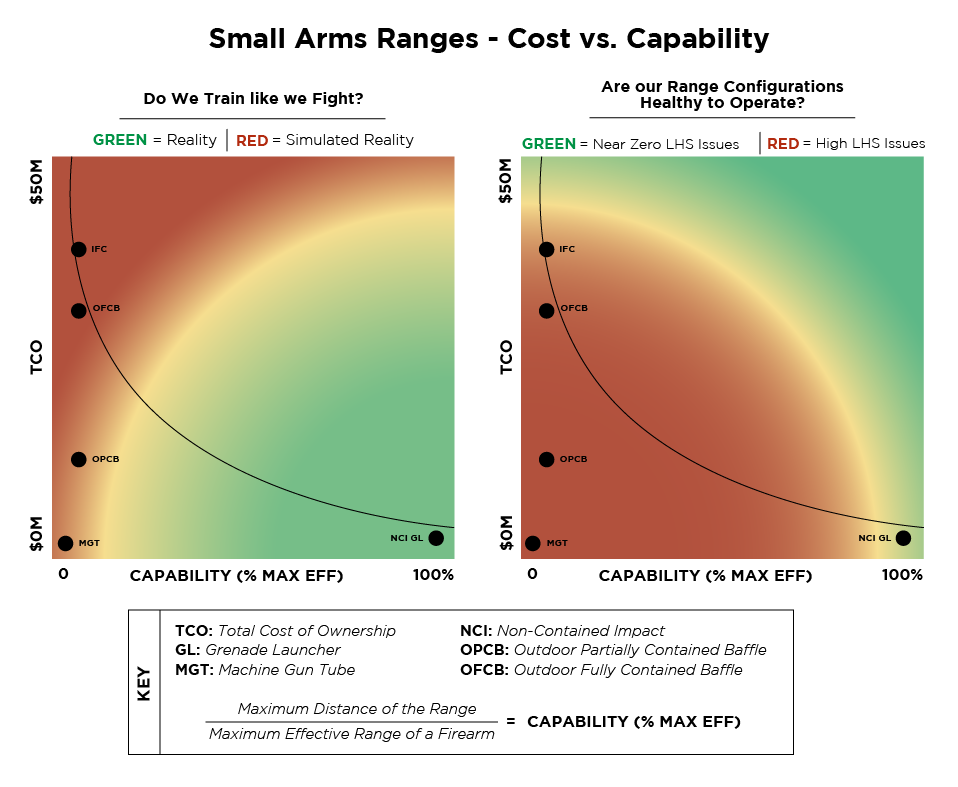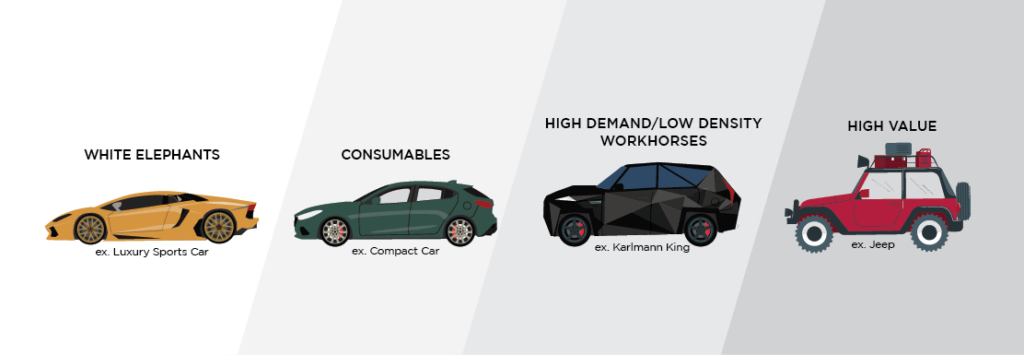Fundamentally, the matrix highlights crucial tradeoffs between innovation costs, risks, and performance spanning maturity horizons – signaling avenues for judicious investment. Cost-conscious leaders can identify commoditizing solutions balancing savings and customizability for budget optimization. Forward-thinkers ascertain emerging capabilities showing traction for adoption tailoring and scale. Visionaries pinpoint pioneering advances aligning to long-term roadmaps.
Still, leaders rightfully ask – how does conceptual modeling enhance real decision-making? Simply put, the matrix provides a valuable framing tool guiding objective debates and trade-off analyses for capability planning and investments.
Want to read the rest of the Series?
Part 1 Intro to the Cost Capability Matrix
Part 2 | Assessing the Cost-Capability Tradeoff, Quadrant 1 – Consumables
Part 3 | Navigating the Cutting Edge: Investing in Specialized Innovation, Quadrant 2 – White Elephants
Part 4 | Calibrating Capabilities and Costs for Widespread Adoption, Quadrant 3 – High Value
Part 5 | Exploring Uncharted Frontiers: Investing in Pioneering Innovation, Quadrant 4 – High Demand/Low-Density Workhorses
Consider bottom-up and top-down dynamics. Frontline units closest to application contexts best understand flexible tactical requirements. However, higher authorities maintain broader strategic perspectives and scaled priorities. By plotting specific capability solutions on the matrix, stakeholders can clearly visualize investments through different lenses – surfacing disconnects between local and centralized vantage points. This enriches discourse on optimizing decisions factoring in customized agility, commoditized economies, and specialized innovation.
Furthermore, positioning existing and emerging capabilities on the matrix quickly indicates maturity levels, adoption risk, required investment, and adjacent possibilities useful for planning. Capability clusters become apparent. Targeting gaps and development opportunities grow more systematic. Roadmaps stabilize balancing short and long-term activities.
Real world example: Small Arms Ranges Cost & Capability Matrix
In the USAF, we managed all the USAF Firing Ranges. To help us understand our portfolio, we plotted each range type using a cost and capability matrix. Figure 1 shows how the range type aligns with the doctrine statement of “train as we fight.” Figure 2 shows how the range types align based on their impact on life, health, and safety issues. As you can see, we had some white elephants, consumables, and high-value assets. We used these findings to help answer which range configuration gave us the best bang (pun intended) for our taxpayer buck. What is apparent is the importance of finding the real estate needed to operate Non-Contained Impact (NCI) ranges (aka full distance ranges). From a health perspective, we also asked which range configuration had the least health issues for range operators. Again, the NCI range type is the range configuration that impacts range operators’ health the least. There are a lot of other questions we can ask, too.

Leaders can also easily re-plot capabilities against adjusted axes as constraints shift. For instance, legal changes altering risk tolerance might expand viable spaces warranting investment in pioneering advances. Budget fluctuations would signal to adjustment of targeted maturity levels. New evaluations prompt iterative alignment to evolving contexts.
Ultimately, no universal technology prescription exists, given unique constraints organizations face. However, as a thinking aid, the cost-capability matrix proves invaluable for centering complex debates regarding multi-horizon innovation. The clarity introduced by visually bounding feasible spaces fosters dialogue surfaces assumptions, and focuses data-driven decision quality. With insights unlocked by this approach, leaders gain confidence in optimizing capability decisions and balancing priorities across tactical needs, strategic direction, and visionary possibilities.
The matrix thereby enables translating conceptual frameworks into enhanced real-world technology outcomes. By encouraging systematic evaluations factoring short- and long-term costs, risks, and payoffs, leaders make progress in navigating the daunting innovation possibility space through incremental steps that sequentially raise organizational maturity. No single revelation reveals all answers – just an effective compass grounded in objective trade-off analysis pointing the way forward.
Download Key Actions & Matrix Worksheet.





